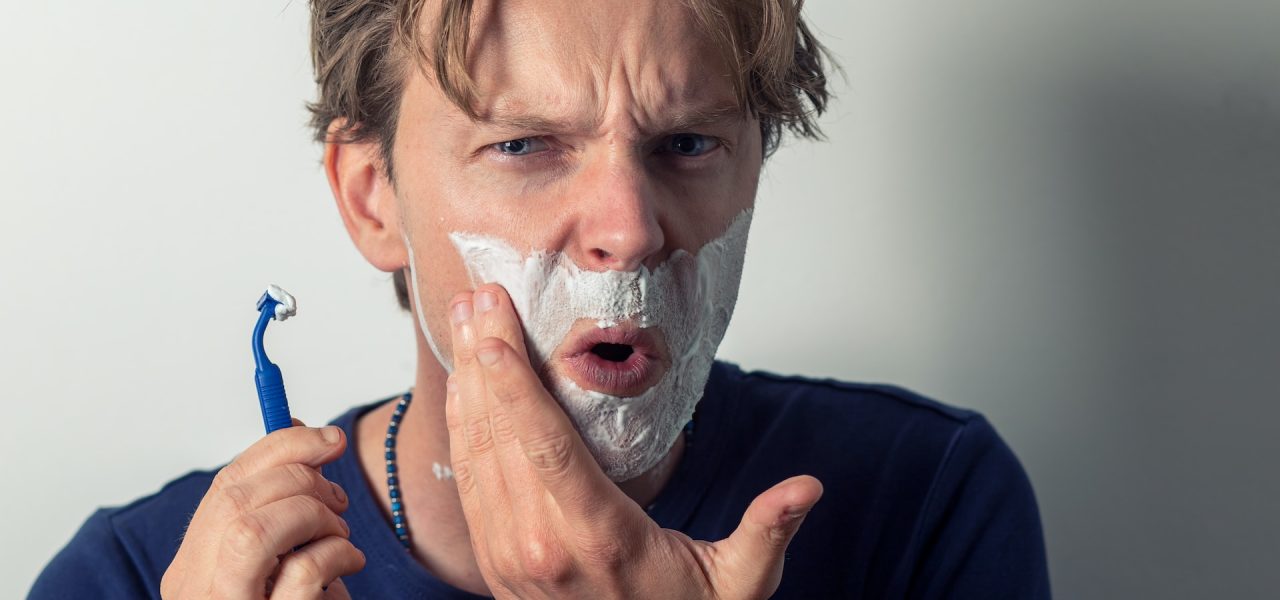
Razor Burn: Its Causes, Treatment Options, and Prevention
What causes razor burn?
Shaving is a common practice that most people engage in to remove unwanted hair from their bodies. Whether it’s for personal grooming, professional reasons, or just because it’s a preference, shaving has become a routine part of many people’s lives. However, shaving can also have downsides, such as razor burn.
As the name suggests, razor burn is a common skin condition after shaving. It is typically characterised by redness, bumps, and irritation on the skin. Razor burn can be itchy and painful, leading to ingrown hairs if left untreated. While razor burn can affect anyone who shaves, it is more common in people with sensitive skin. Few people know it, so we will discuss the details in this article.
What Causes Razor Burn?
Several factors can contribute to razor burn. Some of the most common causes include:
- Shaving in the opposite direction of hair growth – Shaving against the direction of hair growth can cause the razor to pull on the hair, leading to irritation and inflammation. It can also cause the hair to grow back into the skin, leading to ingrown hairs.
- Shaving too quickly – When you shave too quickly, you may not be able to shave all the hair in one pass, which can cause you to go over the same area multiple times, leading to irritation.
- Shaving without lubricant – Shaving without lubricant can cause the razor to drag on the skin, leading to irritation and inflammation. It can also increase the risk of nicks and cuts.
- Using a dull razor – Using a dull razor can cause the razor to tug on the hair, leading to irritation and inflammation. It can also increase the risk of nicks and cuts.
- Using alcohol-based shaving products – Alcohol-based shaving products can dry out the skin, leading to irritation and inflammation. It can also cause the skin to become more sensitive to other irritants.
Treating Razor Burns
If you have a razor burn, there are several things you can do to help alleviate the symptoms and promote healing.
Prioritise Skin Healing
The first step in treating razor burns is to prioritise skin healing. This means avoiding further irritation or damage to the skin. Avoid shaving the affected area until it has healed, and avoid other activities that could further irritate the skin, such as hot showers or harsh soaps.
Apply a Cool Washcloth
Applying a cool washcloth to the affected area can help reduce inflammation and soothe the skin. Alternatively, you can also use aloe vera gel and let it sit for a few minutes before rinsing it off with cool water.
Apply Gentle Moisturisers
Gentle moisturisers can help soothe the skin and promote healing. Look for moisturisers that contain ingredients like aloe vera, chamomile, or oatmeal, which can help soothe the skin and reduce inflammation.
Tips to Prevent Razor Burns
Preventing razor burns is key to avoiding the discomfort and inconvenience of this condition. Some tips to help prevent razor burns include:
Shave While Your Skin Is Moist
Shaving while your skin is moist can help soften the hair and make it easier to shave. You can shave after a shower or wet the skin with warm water before shaving.
Use Shaving Cream
Shaving cream can help lubricate the skin and reduce the risk of razor burn. Look for products that are designed for sensitive skin and avoid products that contain alcohol.
Shave in the Direction of Hair Growth
Shaving toward hair growth can reduce the risk of razor burn and ingrown hairs. While it may not provide the closest shave, it can help prevent irritation and inflammation.
Conclusion
Shaving is straightforward, but razor burns are bound to happen if you are not careful. While not all skin types are the same, you must prepare your skin properly before shaving, especially if you have sensitive skin. With proper care and attention, you can achieve a smooth and irritation-free shave every time.
Pure Shave has what you need if you’re looking for shaving products in the UK! We offer various shaving products, including razors, creams, and moisturisers, all for affordable prices. Place an order today!

